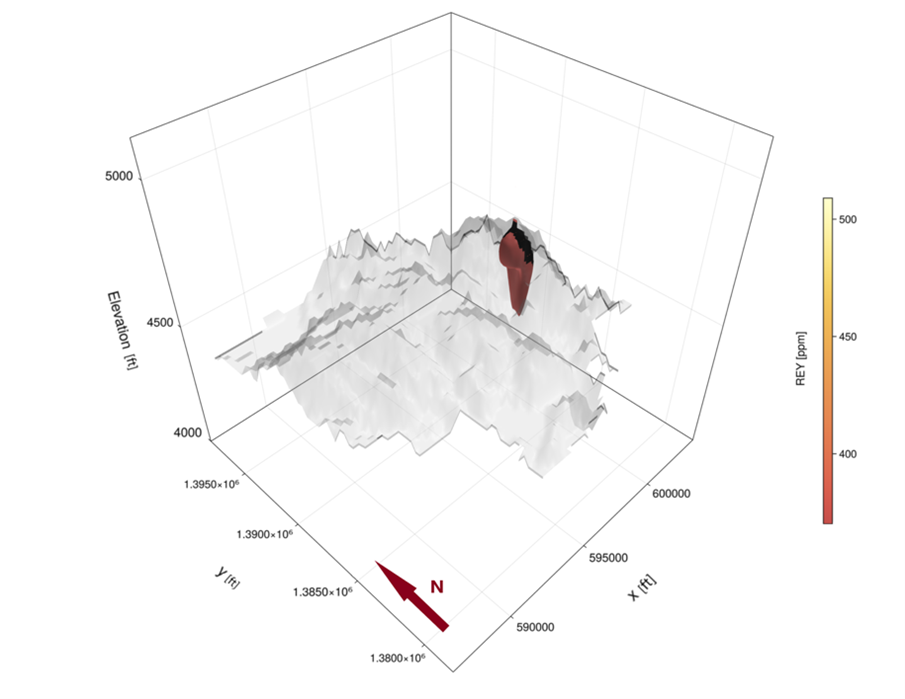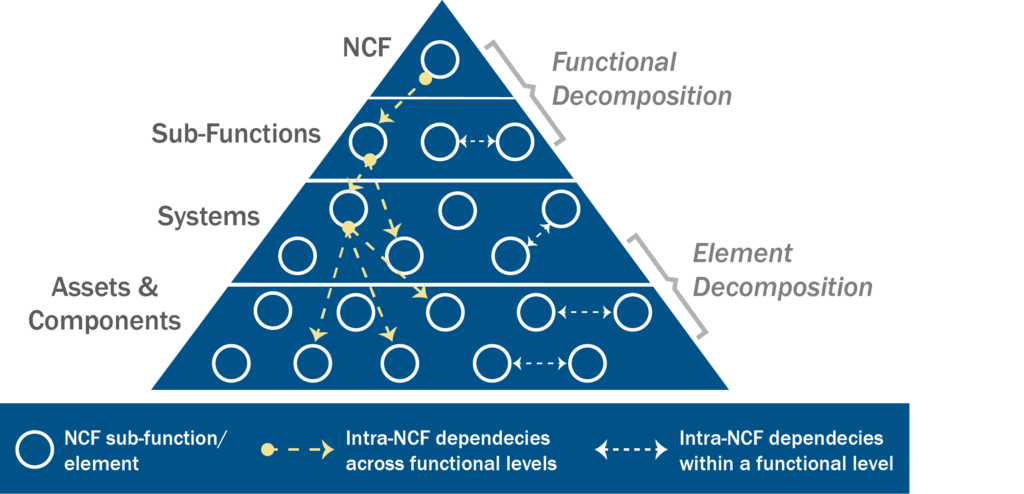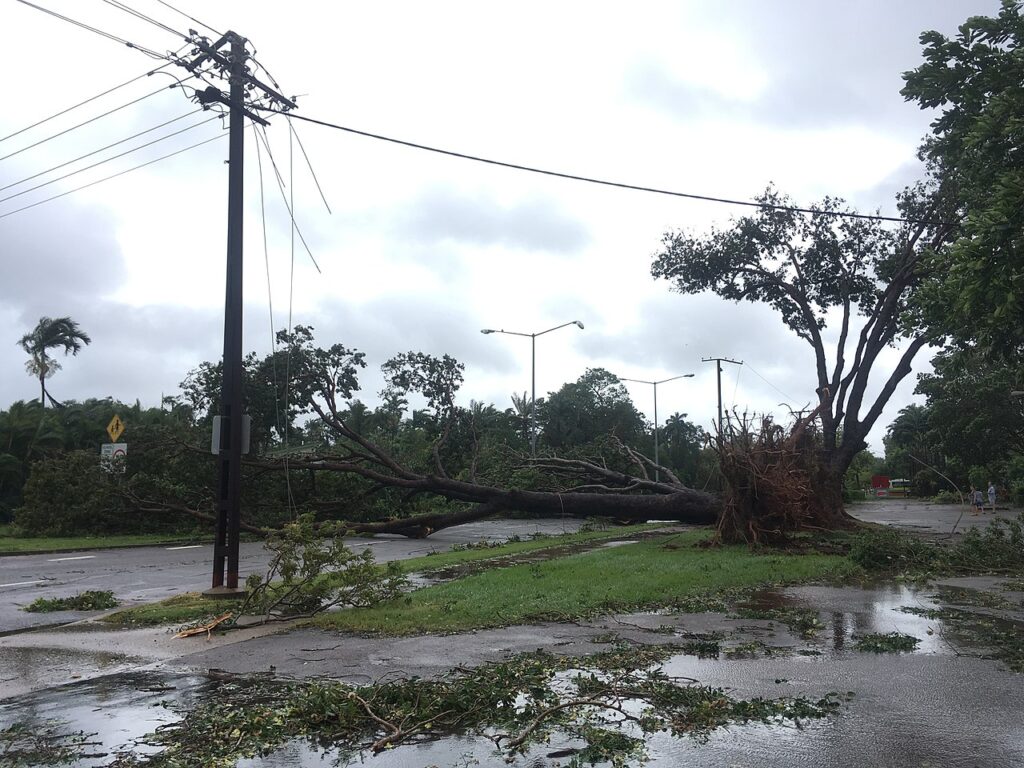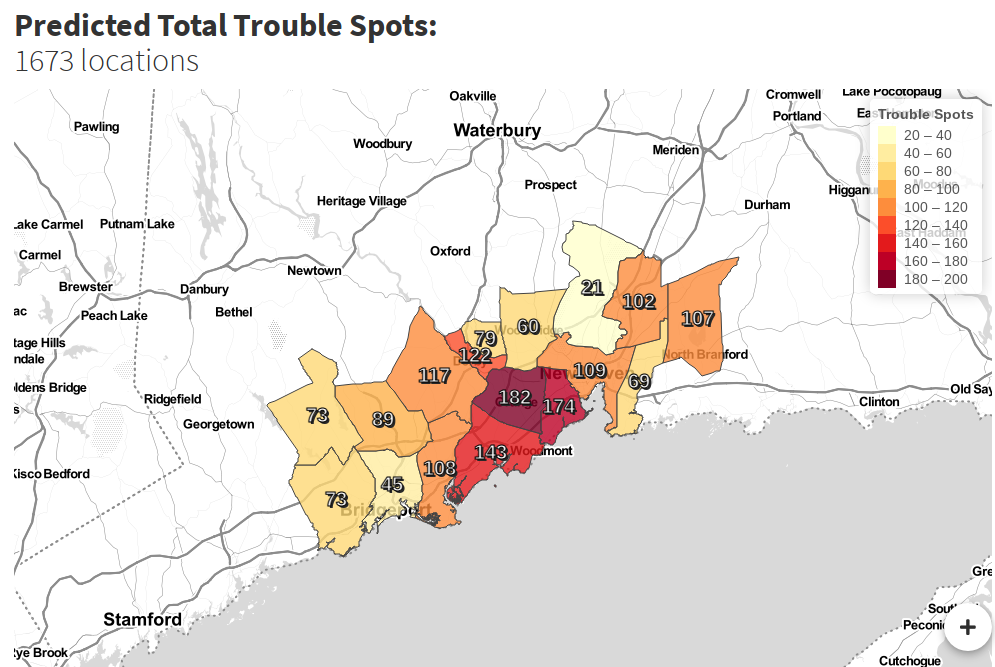
Diagram by US Department of Energy
North American Energy Resilience Model
America’s energy system is an interconnected network of oil, natural gas, electrical and renewable infrastructure. The North American Energy Resilience Model (NÆRM) is an effort to model these systems and how they interact, lead by DOE’s Office of Electricity, with a specific focus on understanding potential vulnerabilities in the system. By using available datasets to explicitly understand the operations of the US’s energy system, we can build the foundation of an resilient energy future.

Diagram by Peter Watson
Rare Earth Element Discovery
Rare Earth Elements (REE) are critical for the future of American technological development and energy, but they are particularly difficult to discover and extract. There is compelling evidence that high concentrations of REE can be found in existing coal mines in the Power River Basin (PRB) of Wyoming and Montana. We’re developing a tool that uses modern data science to process the sparse available geological data, find relevant geochemical signals, and estimate REE concentrations in the three-dimensional space.

Diagram by Cybersecurity & Infrastructure Security Agency (CISA)
National Critical Functions
National Critical Functions, like the generation of electricity and operation of communication networks, are key components to the prosperity of our society. They form a complex operational network of systems, with many internal and external interconnections, and a failure in one can impact many others. If the structure of these systems could be better understood, we could understand and anticipate the outcomes of complex hazards, and understand how failures in one system can start a cascade of failures. For more information, check out this website about CISA’s efforts to understand these systems.

Photo by Tenniscourtisland / CC BY-SA
Outage Prediction
Weather-related power outages cost the US economy $10s of billions every year. This impact could be significantly reduced if emergency managers at power utilities and governments had better information about the potential impacts of storms so they could prepare an appropriate response. Although the process can be complex, machine learning using numerical weather prediction and other geospatial datasets can be effective at predicting storm impacts. Getting better at understanding and responding to the impacts that weather event can have on infrastructure is especially important if you consider the future risk that climate change could pose. For more details check out my papers on ML- based outage prediction for large areas, thunderstorms, and extreme events.

Figure by Peter Watson
Data Visualization
Even the best information will be meaningless unless it is communicated effectively. I have a continuing interest in how data, especially complex, spatial and uncertain weather and impact information, can be displayed and communicated effectively. For examples check out my Gallery Page.

Photo by Ivan Bandura on Unsplash
Wastewater Resilience
Wastewater systems perform a critical but underappreciated task for most of us everyday. But these systems are especially at risk to the potential impacts of climate change. They are usually at low elevations, and close to bodies of water such that flooding and sewage backups are a risk during storms, which are becoming stronger and more frequent. Are the managers of these systems making adaptive changes? Or does this not seem like a pressing concern to them? To find out more, check out our paper about it.
